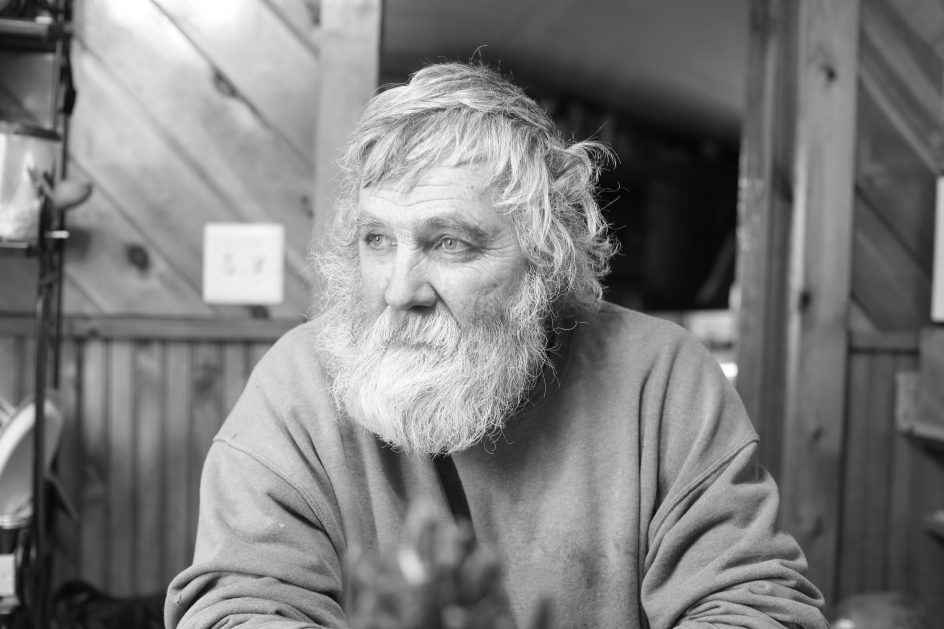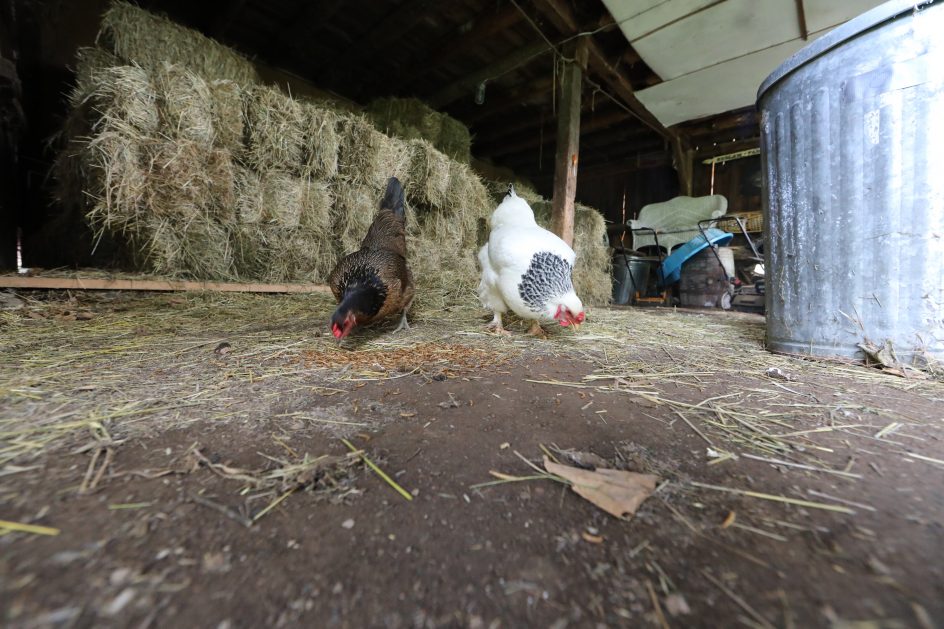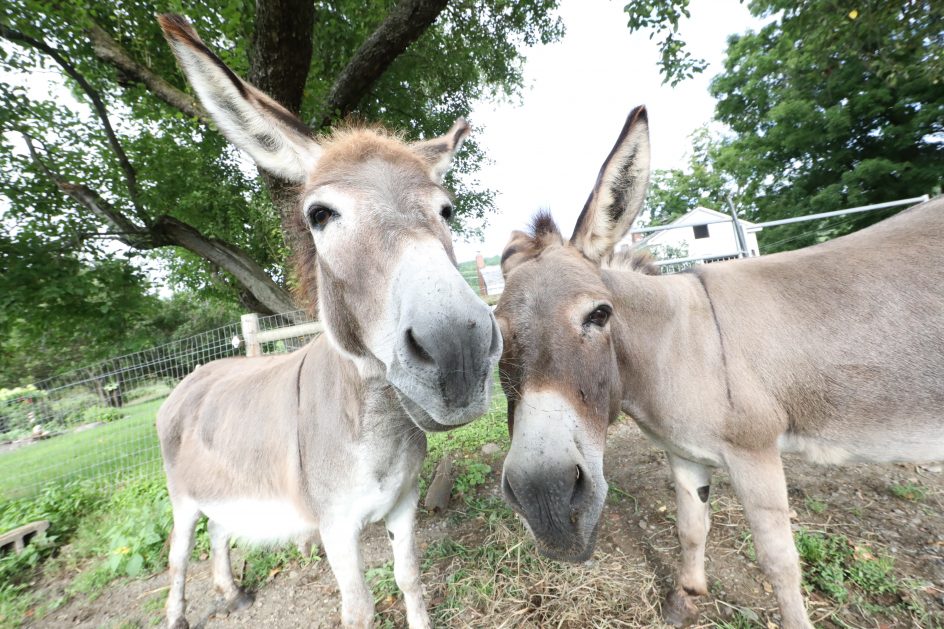
For the past few weeks, I’ve sat next to Ed Gulley every afternoon as he began the painful and disturbing process of dying from brain cancer. I’ve watched the friend I knew vanish a bit every single day, and saw his helplessness in dealing with it.
There was not just the destruction of his powerful body which had worked so well for him for 65 years, there was also the gradual destruction of his self, of his identify.
It has been painful, of course, to see this vibrant and charismatic man decline and die.
But I respect life and accept it, and I am not shocked or horrified by it.
I am drawn to the spiritual beauty and power of death, as well as shaken by its sadness and finality.
For me, I think the hardest part of the experience has been trying to know what to say to Ed as he was increasingly unable to speak for himself or express his feelings and thoughts to the people around him.
I have seen the hospice workers in action, and I have observed that they always talk to Ed as if nothing has changed, as if he was the person he was six months ago, before the diagnosis. As if he can hear and understand everything.
They never speak to him in an altered, patronizing or affecting way. And I can see that he likes that and appreciates it and is comforted by it.
I know that most people, myself included, have trouble knowing what to say to the dying.
Some men tend to joke and try to banter, people offer thanks and good wishes but almost everyone except the hospice workers speak in a different voice than they would normally use, as if the dying are deaf or have lost their ability to hear and listen.
After all, how could most people know what to say? Death is taboo and hidden in our world.
Mostly, I notice, I am silent when I am sitting with Ed.
I either read to Ed or tell him the news of my day, or I try to listen to the sounds he does make and interpret the motions he is still capable of. Carol talks to Ed all day and gives him news of the family and the farm, she assumes that he can hear her. She believes that strongly, and never lets go of the person she knows him to be.
People who study the dying believe they do hear and understand much of what it happening around them, and it often gives them comfort, and eventually, the strength to leave.
I have a new book a friend and reader recommended to me, it’s called Final Gifts: Understanding The Special Awareness, Needs and Communications Of the Dying, it was written by hospice nurses Maggie Callahan and Patricia Helley and it helps me to better understand how to talk to Ed as he dies.
“By trying to understand, and therefore participate more fully in the events of dying,” write Callahan and Helley, “families and friends can gain comfort, as well as important knowledge about what the experience of dying is like and what is needed to achieve a peaceful death. They can carry that new knowledge forward, finding continuing solace in it after the death of the person they loved, and as they face future deaths, including their own. By becoming more sensitive to the messages and needs of the dying, professionals can give better care and gain a greater sense of satisfaction.”
I think my unease at talking with Ed comes from the very verbal and spoken nature of our friendship. There was really little transition period here, one minute he was right there, the next he was in another totally different place.
How do I make a transition like that? I guess the truth is that I don’t, and can’t.
In our own ways, we are both guarded people, wary of showing emotion and feeling, more inclined to action than agonizing or dithering, as we both called it. Ed had mastered many of the problems in his life – when a cow was sick, treat it, when a tractor broke, fix it, when a blog was suggested, just do it.
I’m the same way, I’d rather do things than dwell on them.
We talked openly and easily with one another, and with much of the banter and humor and bluntness characteristic of male friendships. Ed is much more macho than I am, he is a true man in the Marlboro ad sense, even as the artist in him began to rise, and I am not a true man in that sense.
But he respected the writer in me and the thinker, and so we met in the middle. Perhaps we were each something of what the other wished to be at times.
How to translate this into talking to him when he can no longer talk? How to comfort him and reassure him and support him as he makes the epic transition to life to another place, the true nature of which is completely unknown to us?
What to to say to him as he lay gasping for breath in his hospital bed?
The requests and feelings of the dying are often difficult to decipher.
“Their recognition of the importance of these needs, along with concern for family and friends, can cause the dying to control the time and circumstances of death until those needs are met, write Callahan and Helley.
“These requests often involve someone else; they may be for meetings or the healings of relationships.”
Nearing death, Ed talked to me of visions of loved ones or spiritual beings – in his case, of dead relatives or Native Americans. He spoke of feeling warm, peaceful and loved. He saw bright lights and people from his past, some of them dead. He reviewed his life and talked of tunnels and bright lights, of his children and Carol.
As the cancer has progressed, Ed no longer speaks at all, and I no longer believe he is conscious of what is happening around him.
The hospice people say I am wrong, they say he is aware of who and what is around him, he just can no longer speak of it. They know much more than I do, but still…. I felt that was true until the last few days, but now I think his spirit is gone, his body is simply running on energy and his own fearsome strength.
My own idea of letting go is leaving Ed in peace as he gathers himself to die. He doesn’t need my thoughts or conversations now, he needs to do what he needs to do. I am not really a part of that any longer, I can be there if that helps.
Ed always spoke of me as his best friend, and I was touched by that. I think more than anything, it just meant that we trusted each other. That carried over in our discussions about his death.
I think onlookers like me often miss or misunderstand the attempts of the dying to communicate about what is happening to them, or what they want. Once or twice, Ed emerged from what seemed to me to be a near coma to grab my hand and beg me to help him die.
What was he really asking me? I think he was telling me he wanted to go.
I did understand that he was not afraid of death, he was afraid of the impact of dying on his family, his wife, children and grandchildren, on seeing him wither and die.
Ironically, he was most afraid of the people who love him the most, because he feared they would not want to let him go. He underestimated them, I think, they are strong and want to end his suffering.
Ed was never afraid of death that I saw, he was terrified of being seen weak and diminished and dying.
I often assumed that what I was hearing was confusion – in medical terms, a mental state characterized by bewilderment or disorientation and in appropriate reactions to voice and stimulus.
But I also know that in death and dying, bewilderment and disorientation may stem from the unfamiliar, unexpected experiences of dying. And too often, the responses of those caring for dying people only add to their bewilderment.
The other day, I took Ed’s arm and said goodbye for the night, my 100th goodbye.
He blinked, and Carol, who was standing with me, said the blink was his way of acknowledging me or saying that he heard me, of saying goodbye. I can’t say if that is true or if it isn’t true. I guess I’ll never know.
My primary thought when I talk to Ed is to never patronize him or talk to him as if he were anyone but Ed. I’d rather not speak at all than to pity him.
If he hears me at all, I think, he hears my voice, a familiar voice, and I hope a trusted voice, I hope a soothing voice.
I think that is enough. He doesn’t need to understand everything I am saying or feeling. He has bigger fish to fry.
If he knows I am there, then it was a good and valuable conversation.



